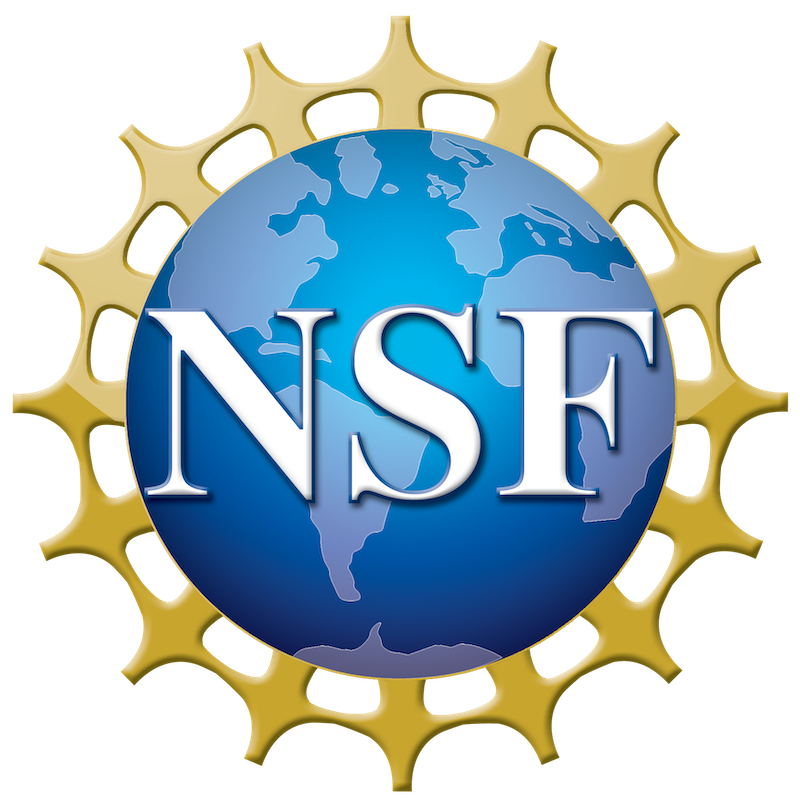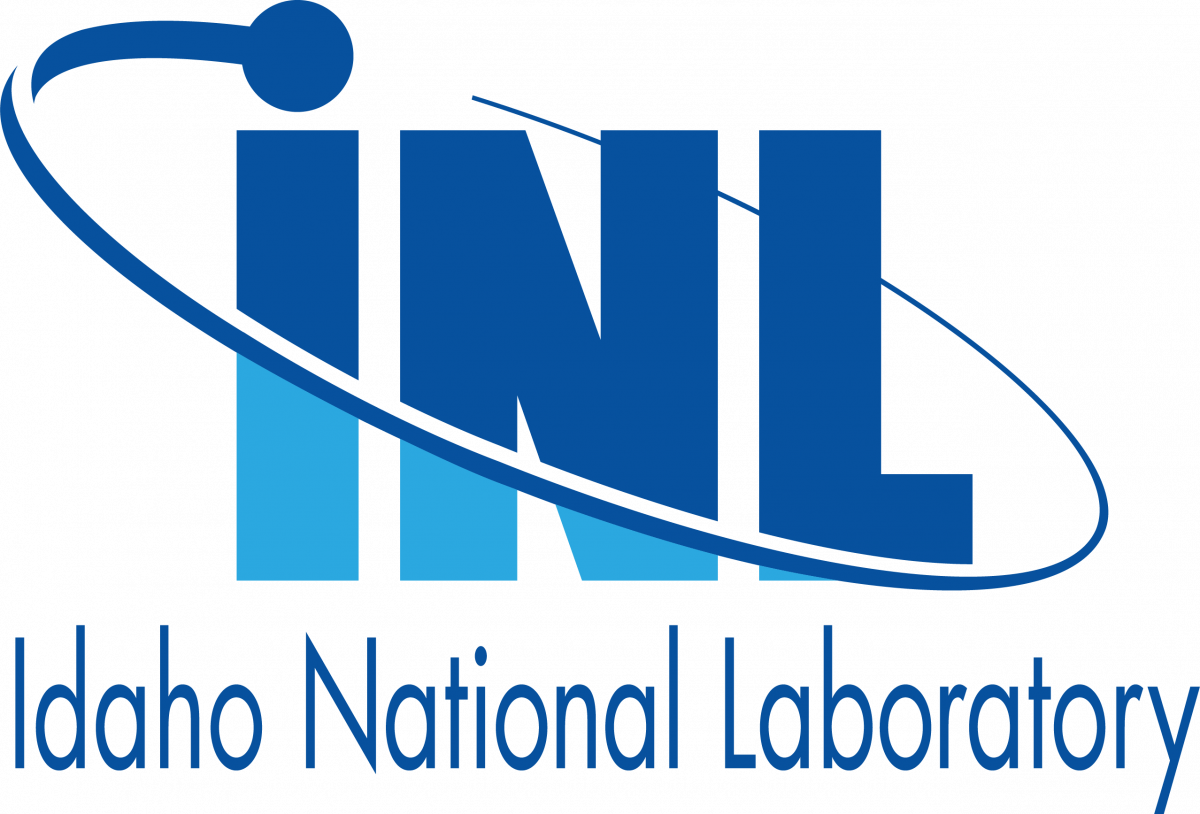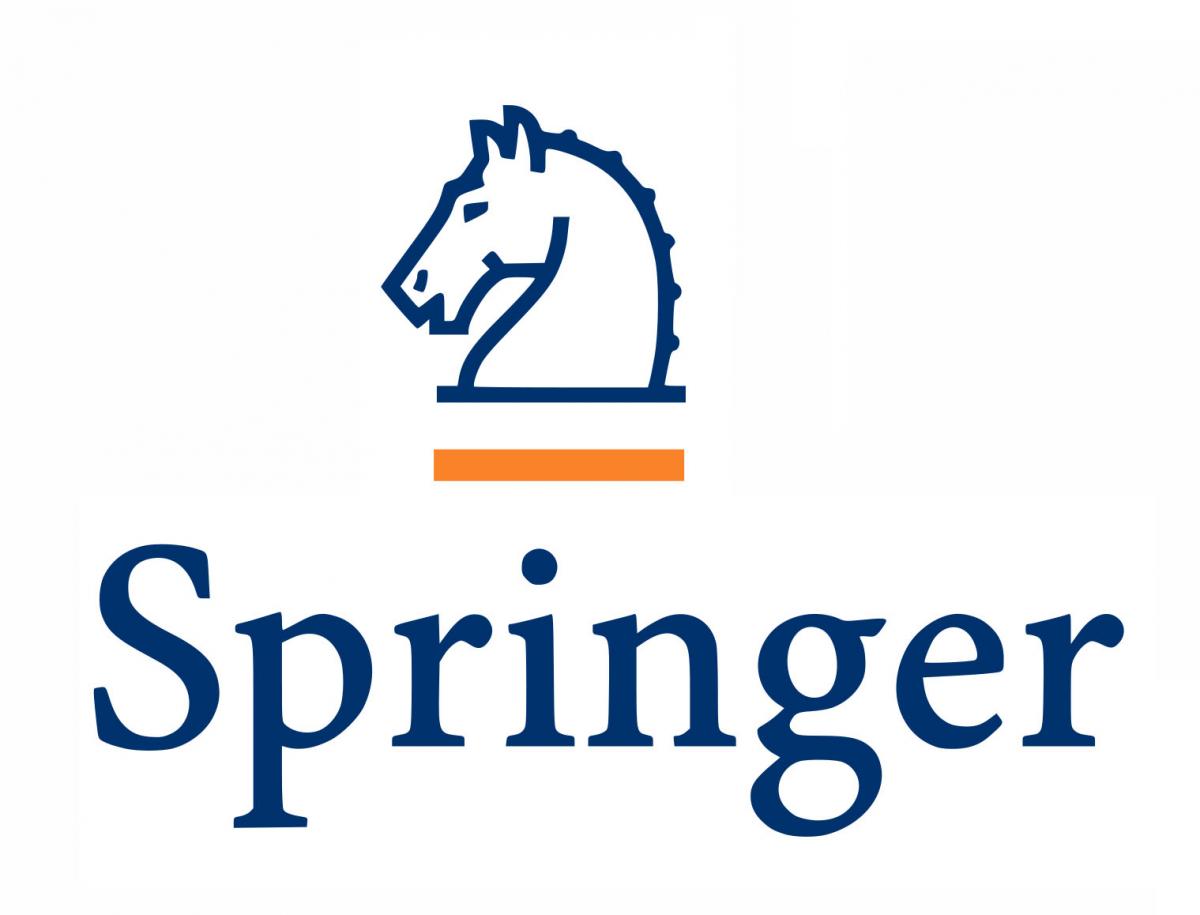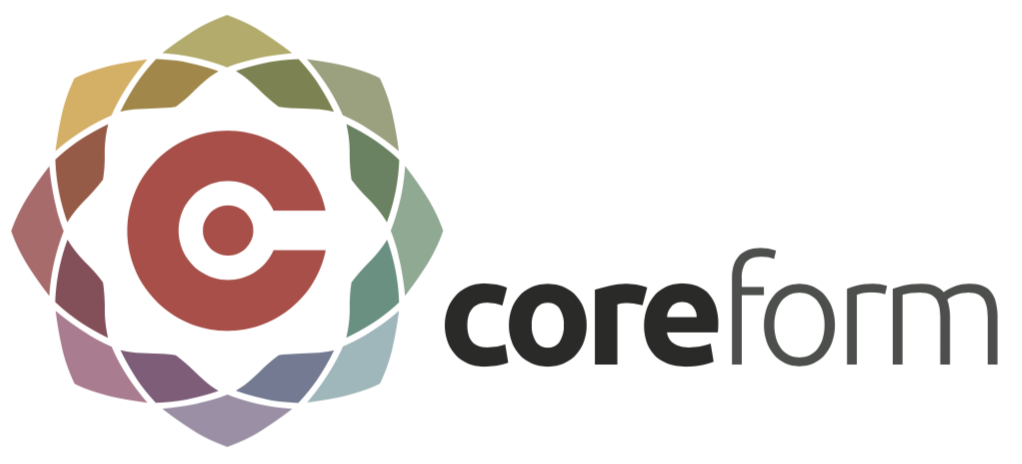John Evans, University of Colorado Boulder
Immersed finite element methods enable the simulation of physical systems out of reach by classical finite element analysis, and they also streamline the development of powerful shape and topology optimization technologies. However, the development of an immersed finite element analysis code is a daunting and burdensome task even for domain experts. In this talk, a new approach to immersed finite element analysis will be presented that overcomes this issue. In our approach, finite element basis functions defined on a non-body-fitted background mesh are first interpolated onto a Lagrange basis defined on a body-fitted integration mesh. These background basis function approximations are then employed for immersed finite element analysis. By construction, the background basis function approximations can be represented in terms of Lagrange shape functions over each integration mesh element using Lagrange extraction operators. This in turn enables one to transform a classical finite element analysis code into an immersed finite element analysis code with minimal implementation effort. Namely, one only needs to provide the classical finite element analysis code with Lagrange extraction operators, a connectivity array relating local and global degrees of freedom, and the ability to compute the values and derivatives of the background basis function approximations using the Lagrange extraction operators. Moreover, one can use the same ingredients to transform a classical finite element analysis code into an immersed isogeometric analysis code.
This talk will begin with a general overview of our approach followed by a presentation of stability and convergence theory for a simple model problem. The efficacy of our approach will then be illustrated using a number of example problems from structural mechanics, fluid dynamics, and fluid-structure interaction. Finally, our open-source software package for generating the data structures necessary for our approach will be presented, as well as how this enables immersed finite element and isogeometric analysis within the popular open-source finite element analysis platform FEniCS. This talk is based on joint work with Jennifer Fromm, Ru Xiang, Han Zhao, and David Kamensky of the University of California San Diego and Nils Wunsch and Kurt Maute of the University of Colorado Boulder.











